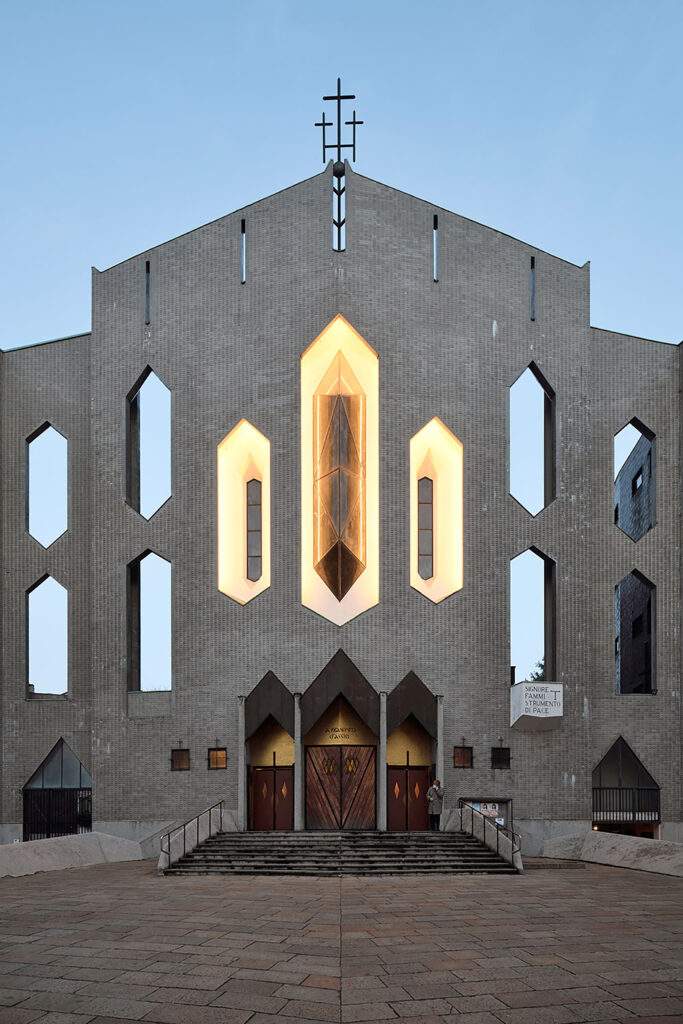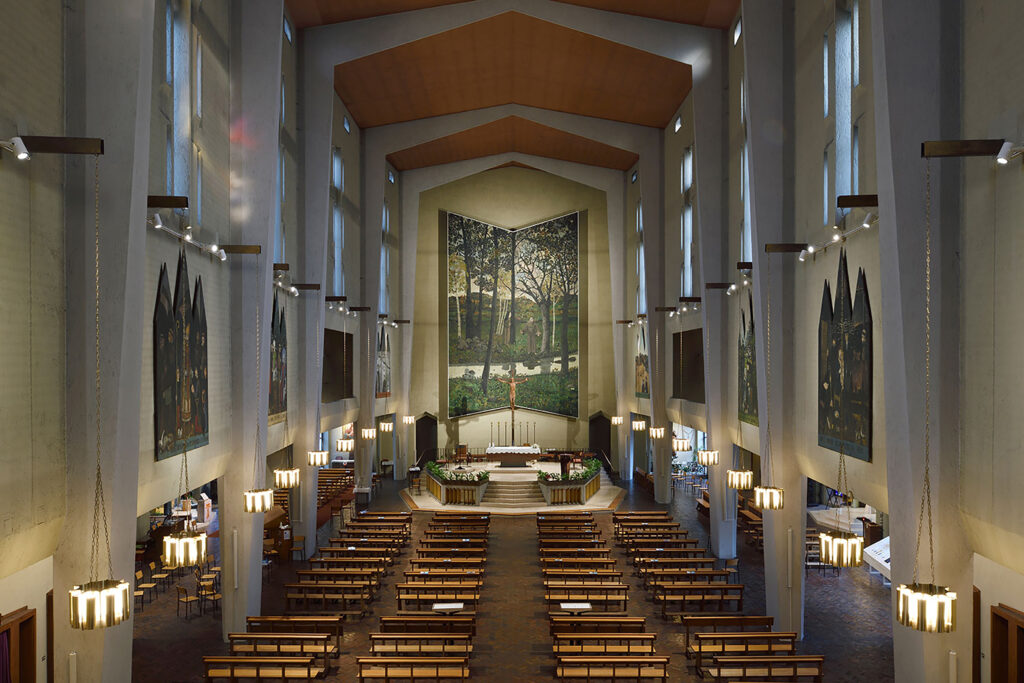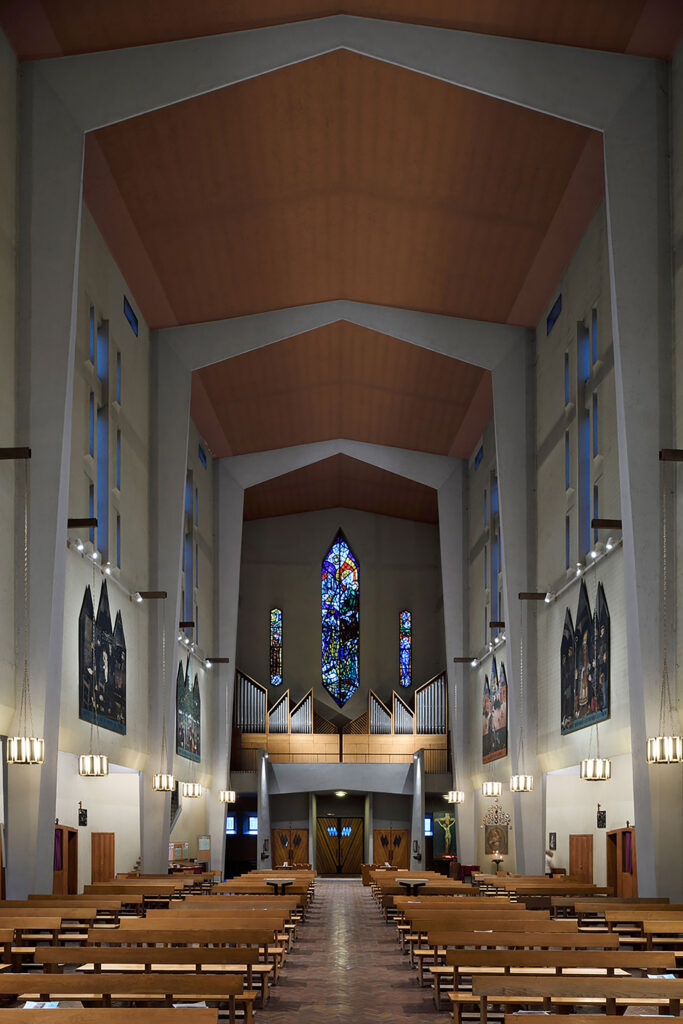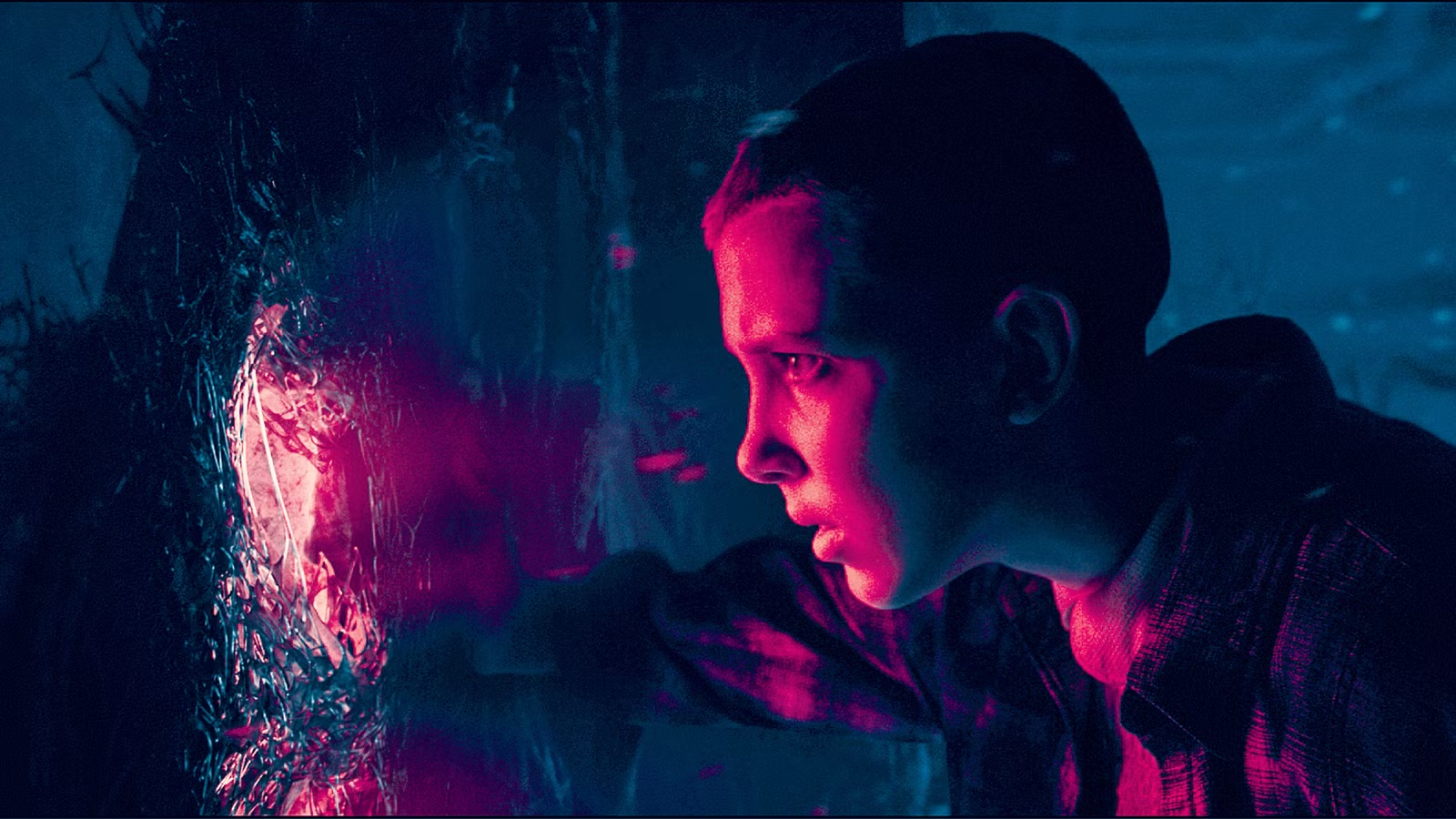In Milan, at 41 Paolo Giovio Street, a quaint square framed by a truly special facade unfolds. Here stands the Church of San Francesco al Fopponino, a masterpiece designed by Gio Ponti in 1961. The Milan Merchants’ Union commissioned Ponti to blend a new church with a parish centre into the landscape, harmonizing with both the land’s natural features and an existing seventeenth-century church.
The original fascination of Gio Ponti’s architecture
A building recessed from the street emerges, creating a small plaza still used as a churchyard. Its facade, linking the church to parish buildings, forms a cohesive urban face with hexagonal openings resembling diamonds. Eight such openings frame the sky, while three central glassed ones expose the wall’s depth.

The interior, embodying simplicity and essence, unfolds into an asymmetric hexagon. Structures of reinforced concrete, featuring pillars of varying sections, integrate with truss roof beams. Two narrower and shorter aisles flank the central nave, each ending at an altar. Ponti’s comprehensive design encompasses furnishings, sacred ornaments, and liturgical vestments, creating a total work of art.

This space’s design maintains artistic coherence, from architectural form to furnishings, inclusive of the now-restored lighting system and chandeliers by Olivari.
The Olivari and IGuzzini chandeliers
In the 1980s, the central nave’s twenty brass chandeliers were replaced to enhance light intensity with more powerful fixtures. This alteration disturbed Ponti‘s intended spatial concept and the area’s intimate feel. Moreover, the chandeliers suffered progressive oxidation, losing their original light and elegant finish.
Restoration and new lighting of San Francesco al Fopponino
The restoration began with the metal framework at Olivari’s workshops. The original brass treatment underwent lab analysis before oxidation removal through sandblasting and grinding. A horizontal satin finish followed, along with a transparent varnish and baking, ensuring the chandeliers retain their look for years ahead.

Concurrently, under lighting expert Eng. In Carlo Bignoli’s guidance, a solution involving low-voltage LED strips was devised. These strips replicate the original neon tubes’ brightness. Mounted reversibly on tiles, they emit a warm, unobtrusive light.

Additions include an Underscore inOut by iGuzzini for nighttime exterior wall accentuation and another Underscore along the nave for wall and ceiling illumination, complemented by Front Light projectors on chandelier-level tracks for night interior lighting.

Marco Strina, overseeing the restoration, approached the project with both caution and the resolve of a seasoned architect. Taking pride in enhancing his city, he revived the intended serene and magical ambience through meticulous lighting, reinstating the distinctive lightness and elegance of Milanese architecture.






